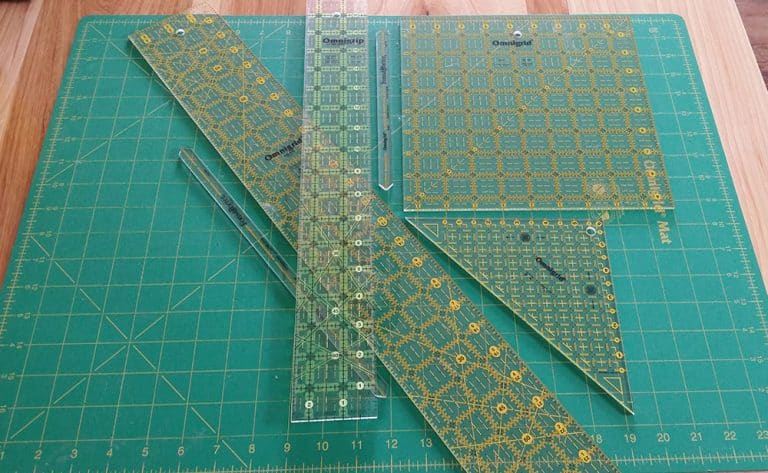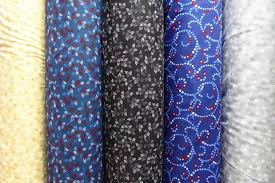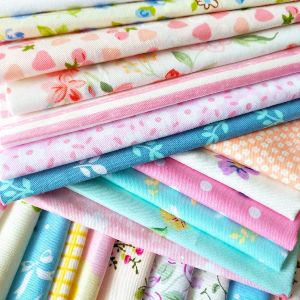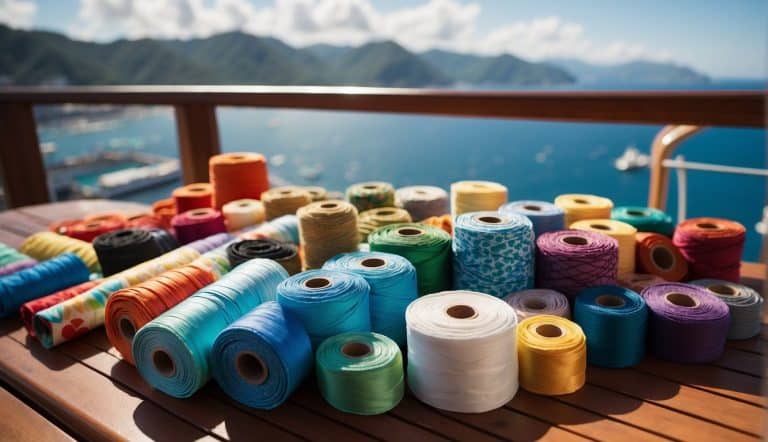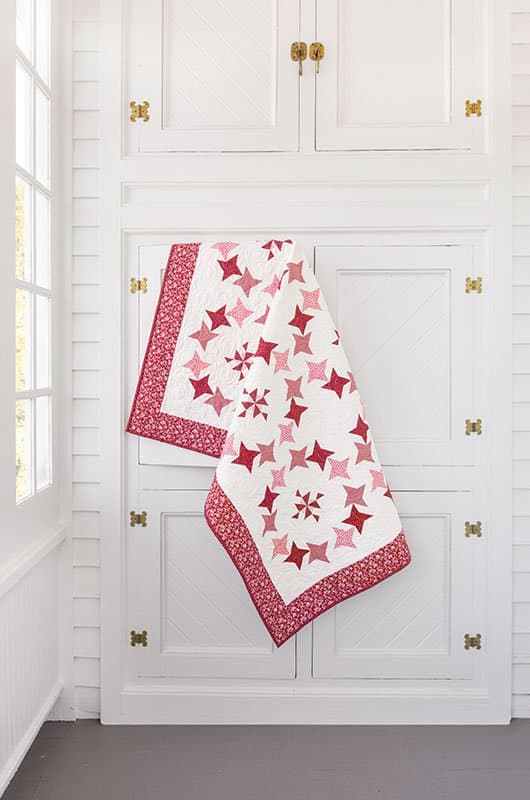How to Choose the Right Fabric for Your Quilt?
When you embark on the creative journey of quilting, one of the most crucial decisions you’ll make is choosing the right fabric for your quilt. The fabric you select will not only determine the overall look and feel of the finished product, but it will also impact the durability and ease of the quilting process. Choosing the right fabric is essential to ensuring the success of your quilting project. From cotton to silk, the options can seem endless, but by considering factors such as thread count, durability, and colorfastness, you can make an informed decision that will result in a stunning and long-lasting quilt. In this blog post, we’ll explore the key considerations to keep in mind when selecting fabric for your quilt, ensuring that you make the best choice for your unique project.
Table of Contents
Key Takeaways:
- Consider the Quilt’s Purpose: Determine the intended use of the quilt (i.e. decorative, functional, or both) to select a suitable fabric that aligns with those needs.
- Understand Fabric Characteristics: Familiarize yourself with different fabric types and their properties such as thread count, weight, stretch, and durability to make an informed choice for your quilt.
- Test and Experiment: Take the time to test and experiment with different fabrics to see how they hold up in a quilt, ensuring that the chosen fabric is not only visually appealing but also functional for its intended purpose.
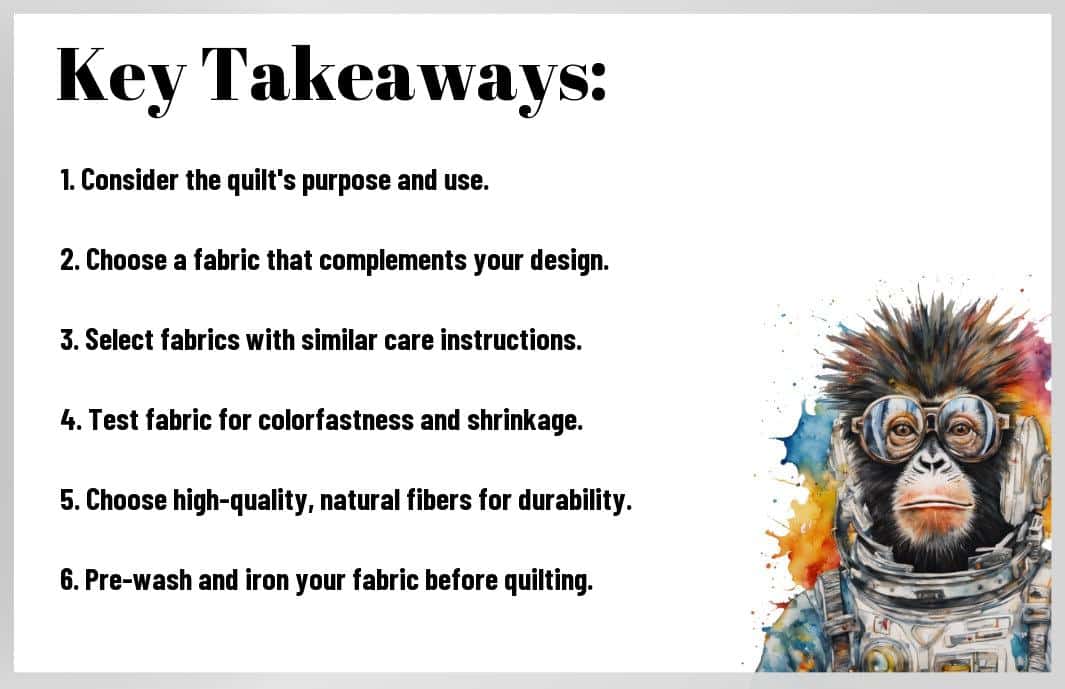
Understanding Fiber Types
Clearly, understanding the different fiber types is crucial when choosing the right fabric for your quilt. Here are the main fiber types you should be familiar with:
| Natural Fibers | Synthetic Fibers |
| – Cotton | – Polyester |
| – Linen | – Blends |
| – Silk | |
Knowing the differences between these fiber types will help you make an informed decision when selecting the fabric for your quilt.
Natural Fibers: Cotton, Linen, and Silk
When it comes to natural fibers, cotton, linen, and silk are among the most popular choices for quilting. Cotton is known for its breathability and durability, making it an excellent option for quilts that will be used frequently. Linen offers a unique texture and is highly absorbent, while silk provides a luxurious feel and a beautiful drape to the quilt. Natural fibers are also hypoallergenic and environmentally friendly, making them a great choice for those with sensitive skin or a commitment to sustainability.
Synthetic Fibers: Polyester and Blends
On the other hand, synthetic fibers such as polyester and blends offer their own set of advantages. Polyester is known for its strength and resistance to wrinkles, making it a practical choice for quilts that will be frequently washed. Blends, which are a combination of natural and synthetic fibers, can offer the best of both worlds, combining the comfort of natural fibers with the durability of synthetic ones. However, it’s important to note that synthetic fibers may not be as breathable as natural fibers and may not have the same luxurious feel.
Weave and Weight Considerations
To create a quilt that is both visually appealing and functional, you need to consider the weave and weight of the fabric you choose. These factors can have a significant impact on the overall look and feel of your quilt, as well as its durability and warmth.
The Impact of Weave on Quilt Design
When it comes to weave, you have a few options to consider. The most common weaves for quilting fabrics are plain weave, twill weave, and satin weave. Plain weave is the most basic type of weave, with an equal number of yarns running horizontally and vertically. Twill weave creates a diagonal pattern on the fabric, adding interest and texture to your quilt. Satin weave produces a smooth, lustrous surface that can give your quilt a luxurious look. The weave you choose can greatly impact the design of your quilt, so it’s important to consider the overall aesthetic you want to achieve.
Choosing the Right Weight for Your Project
The weight of the fabric is another important consideration when choosing materials for your quilt. The weight of the fabric is determined by the density of the yarns used and can have a significant impact on the warmth and drape of the quilt. For quilts, you generally want to choose a medium-weight fabric that provides enough warmth without being too heavy or bulky. This will ensure that your quilt is comfortable and easy to manage, whether you’re using it as a bedspread or as a decorative wall hanging.
Color and Pattern Selection
Your choice of fabric color and pattern is a crucial element in creating a visually appealing quilt. The colors and patterns you choose will impact the overall look and feel of the finished quilt. To ensure that you select the right fabric for your quilt, there are several factors to consider.
Color Theory Basics for Quilters
When choosing fabric for your quilt, it’s essential to have a basic understanding of color theory. Familiarize yourself with the color wheel and learn about complementary, analogous, and monochromatic color schemes. Understanding how different colors work together will help you create a visually harmonious quilt. Keep in mind that warm colors (such as red, orange, and yellow) can create a lively and energetic feel, while cooler colors (like blue, green, and purple) can evoke a sense of calm and tranquility.
Balancing Patterns and Solids
When it comes to incorporating patterns and solids into your quilt, achieving the right balance is key. Mixing various patterns can add depth and visual interest to your quilt, but it’s important to ensure that the patterns work well together. Consider using a mix of large-scale, small-scale, and medium-scale prints to create a dynamic and visually appealing quilt. Additionally, incorporating solid fabrics can help provide a visual break and prevent the quilt from feeling overwhelming.
Care and Durability
For your quilt to stand the test of time, it is important to consider the care and durability of the fabric you choose. This will ensure that your quilt remains in good condition for years to come, even with regular use. Here are some factors to keep in mind when considering the care and durability of fabric for your quilt.
Pre-washing Fabrics
Before you start working on your quilt, it is important to pre-wash your fabrics. This step will help to remove any excess dye or chemicals from the fabric, as well as pre-shrink the fabric if needed. Pre-washing your fabrics will also help to prevent any color bleeding or shrinking once the quilt is completed. This extra step may seem tedious, but it is crucial for the longevity of your quilt.
Anticipating Wear and Tear in Quilt Usage
When choosing fabric for your quilt, it’s important to anticipate the wear and tear it will endure. Consider the purpose of the quilt – will it be used as a decorative piece or for everyday use? Assess the quality and durability of the fabric to ensure it can withstand frequent washing and general wear and tear. Choosing fabrics with a high thread count or a tight weave will improve their durability and longevity. This will help to prevent fraying, stretching, and pilling over time, ensuring that your quilt remains in good condition no matter how often it is used.
Where to Buy Quilting Fabric
Not sure where to buy quilting fabric for your next project? There are several options available to you, including local quilt shops and online retailers. Both have their advantages and disadvantages, so let’s take a closer look at each.
Local Quilt Shops vs. Online Retailers
When it comes to buying quilting fabric, you have the option of visiting a local quilt shop or shopping online with retailers. Local quilt shops offer the advantage of being able to see and feel the fabric in person before making a purchase. You also have the opportunity to ask the staff for advice and recommendations. On the other hand, online retailers often have a wider selection of fabrics and may offer discounted prices. You can also shop from the comfort of your own home, saving time and transportation costs. Ultimately, the choice between the two will depend on your personal preferences and needs.
Evaluating Fabric Quality and Price
When purchasing quilting fabric, it’s important to evaluate both the quality and price. Fabric quality can vary greatly, so it’s essential to look for fabrics that are colorfast, have a tight weave, and feel sturdy. Keep in mind that higher quality fabrics may come with a higher price tag, but they are often worth the investment as they will hold up better over time. On the other hand, price is also an important factor to consider, especially if you are working within a budget. Look for retailers that offer a good balance of quality and price, and consider buying in bulk or during sales to save money on your quilting fabric.
Conclusion
Hence, choosing the right fabric for your quilt is a crucial decision that will impact the overall appearance and longevity of your project. By considering factors such as thread count, fiber content, and colorfastness, you can ensure that you select a fabric that is both aesthetically pleasing and durable. Remember to also consider the specific requirements of your quilt pattern and your own skill level as a quilter. With careful consideration and the right knowledge, you can confidently choose the perfect fabric for your next quilting project. Ultimately, the right fabric will enhance the beauty and functionality of your quilt, allowing you to create a piece that you can cherish for years to come. Happy quilting!
FAQ
Q: What factors should I consider when choosing fabric for my quilt?
A: When choosing fabric for your quilt, consider factors such as the intended use of the quilt (e.g. decorative or functional), the desired aesthetic (e.g. color, pattern, texture), and the level of durability required. It’s also important to consider how the fabric will interact with the other materials in your quilt, such as batting and backing fabric.
Q: What are some popular fabric choices for quilting?
A: Cotton is the most popular choice for quilting fabric due to its durability, breathability, and ease of care. Other popular options include linen for a more textured look, and flannel for a cozy, soft feel. Quilters also use specialty fabrics such as batik, silk, and wool for unique effects and textures.
Q: How can I test the quality of fabric for quilting?
A: To test the quality of quilting fabric, hold it up to the light to check for evenness and density of the weave. Tug on the fabric in different directions to test its strength and stability. Check for any flaws or irregularities in the print or pattern. It’s also helpful to wash and press a small swatch of the fabric to see how it behaves after laundering.


